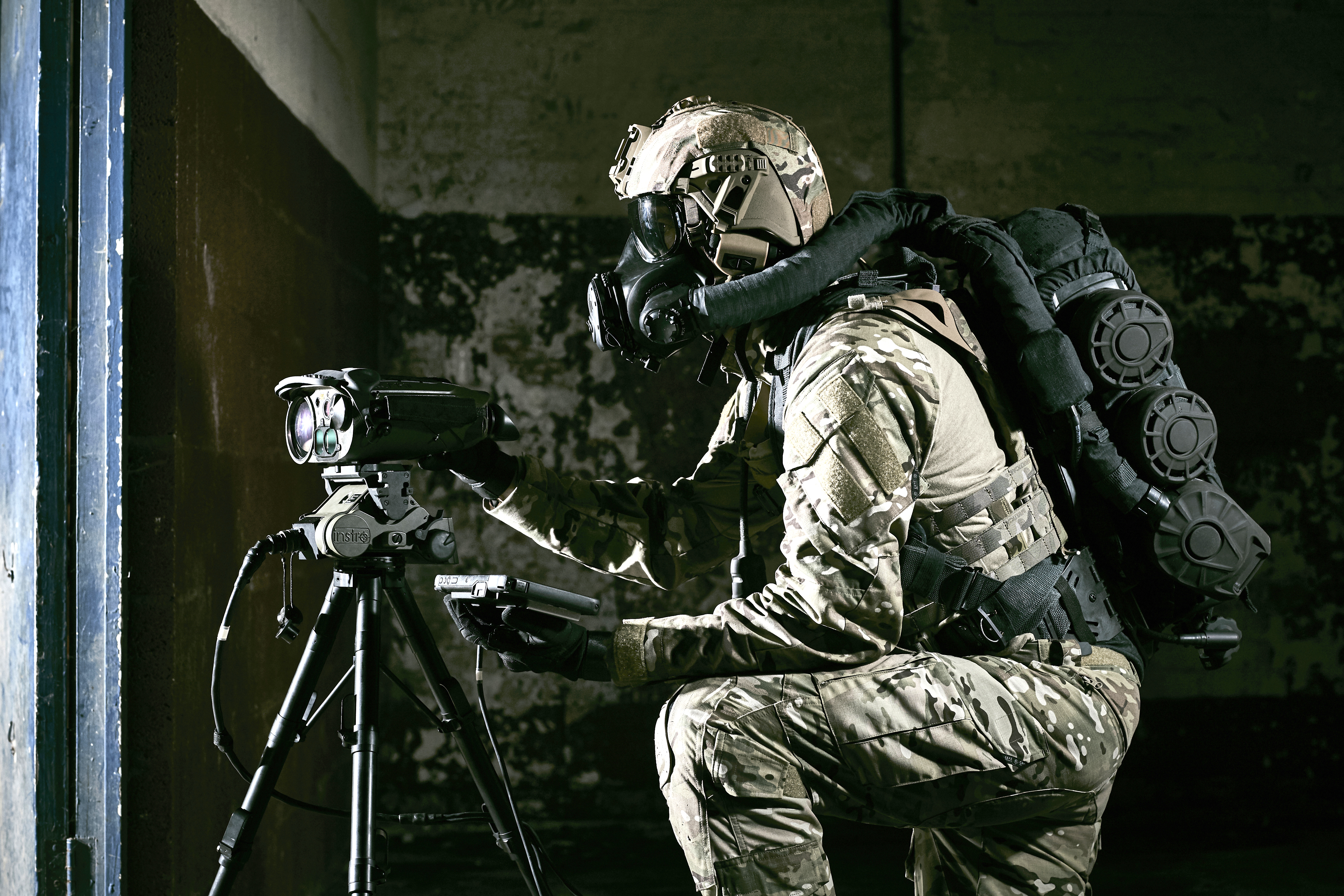BAE Systems has successfully demonstrated new, powerful small-form-factor semiconductor technology designed to sense radio frequency and communication signals in congested and contested battle environments in conjunction with an unmanned aerial system.
In a recent military exercise attended by representatives from multiple research labs and military service branches, BAE Systems successfully demonstrated new, powerful small-form-factor semiconductor technology. The Hedgehog technology, which was used in this exercise to sense radio frequency (RF) and communication signals in congested and contested battle environments in conjunction with an unmanned aerial system, is a collection of general-purpose, reconfigurable MATRICs chips in a software-defined radio (SDR) system.
The Hedgehog demonstration was in support of the Defense Advanced Research Projects Agency (DARPA) Distributed RF Analysis and Geolocation on Networked System (DRAGONS) research. The DRAGONS program is designed to deliver a drone-integrated, small form factor signal identification and geolocation capability. This research and the underlying research on MATRICs and Hedgehog was developed with funding from DARPA.
The demonstration highlighted the ability for forward operators to deploy technology to secure tactical signals intelligence and geolocation data in near real-time with low size, weight and power requirements. The technology provides agility, a broad frequency range, and high instantaneous bandwidth – all key capabilities that are not currently available from other SDRs.
Chris Rappa, Product Line Director for Radio Frequency, Electronic Warfare, and Advanced Electronics at BAE Systems FAST Labs, said: “Our successful demonstration underscores the capabilities of our breakthrough Hedgehog technology moving one step closer toward operational readiness.
“The importance of this potentially game-changing technology is that it can be deployed for many different purposes across a multitude of platforms and mission types, providing deployed units with a tactical advantage only previously possible with large scale platform support.”
If you would like to join our community and read more articles like this then please click here.







